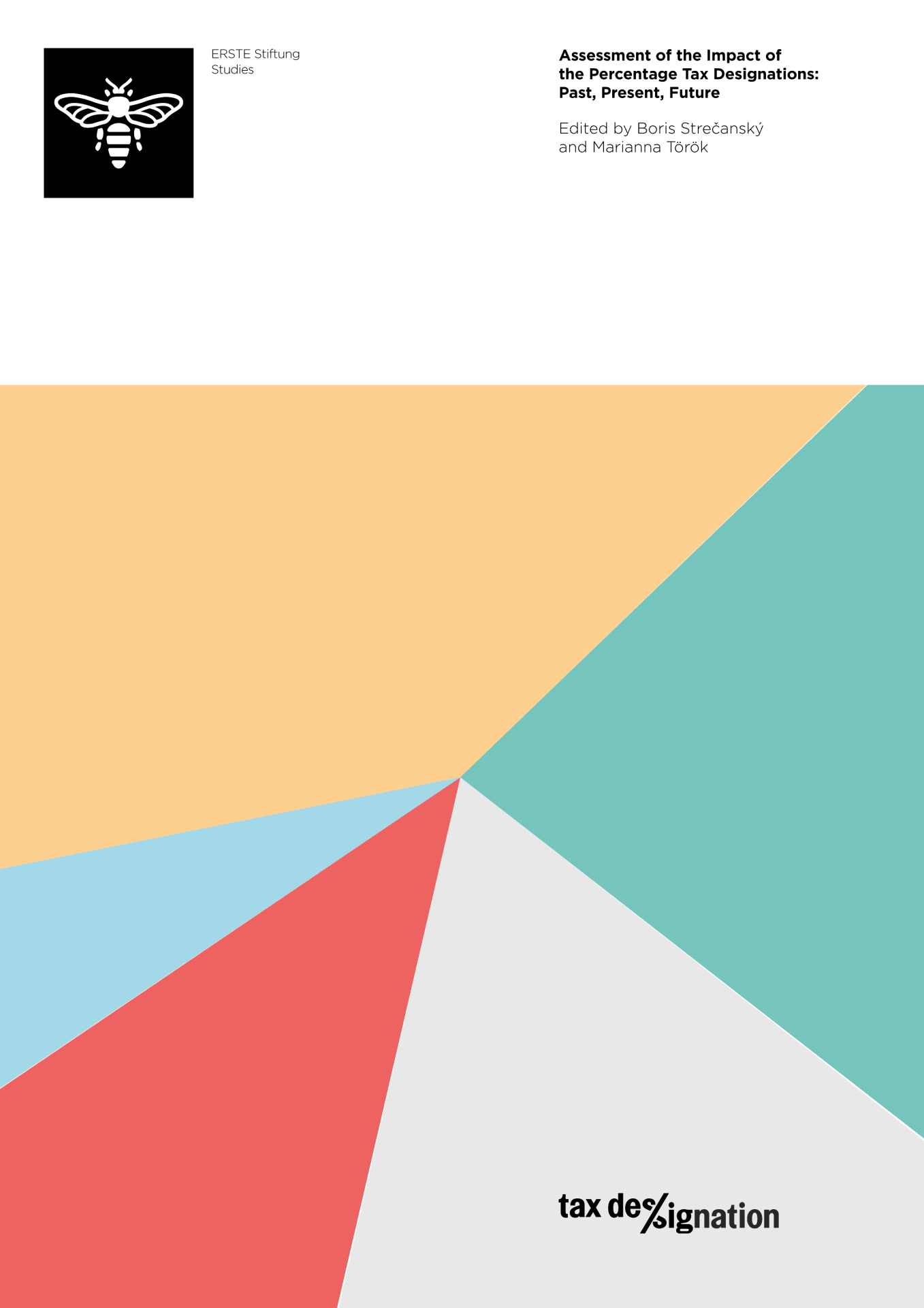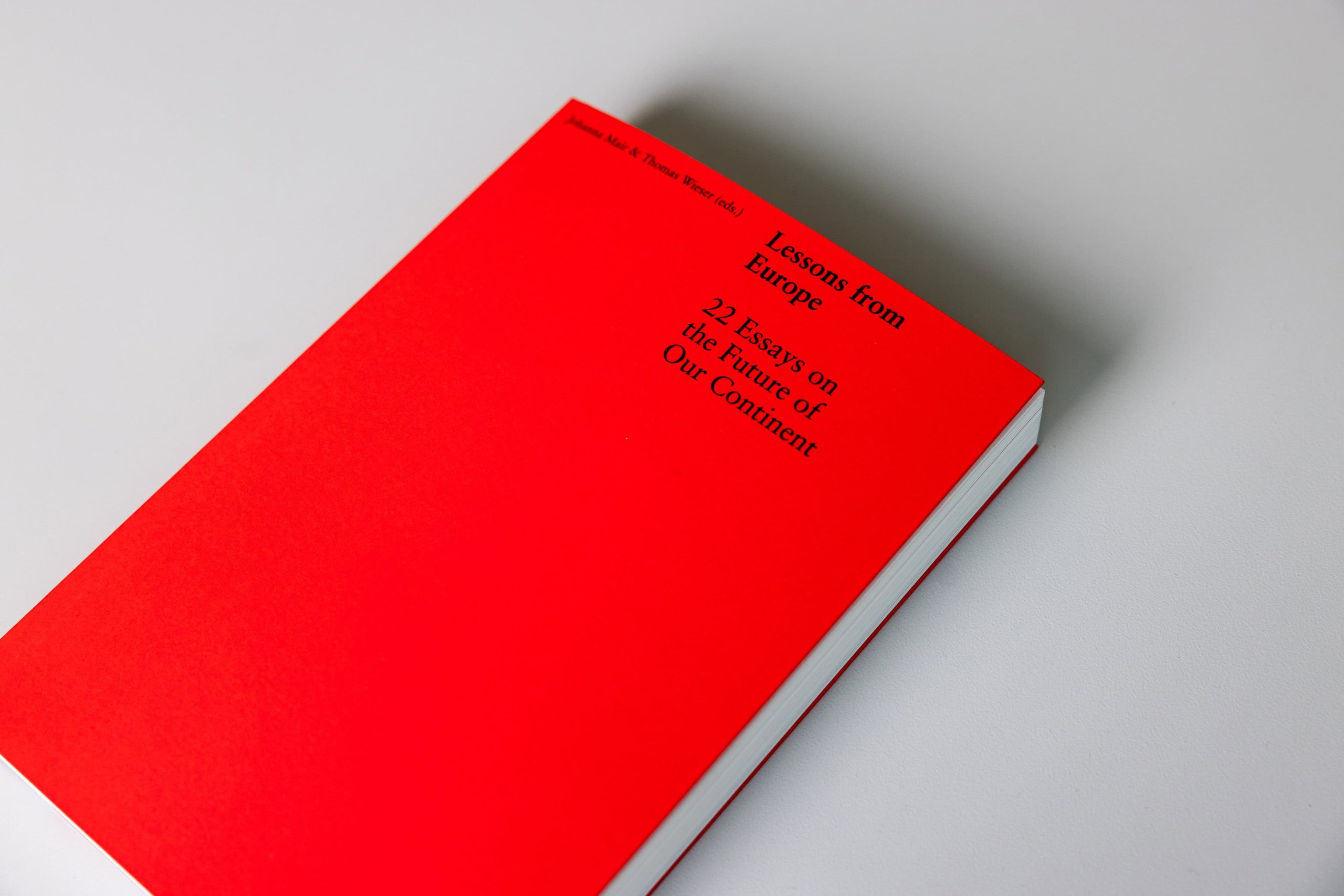
Publications

Assessment of the Impact of the Percentage Tax Designations: Past, Present, Future
Editors: Boris Strečanský, Marianna Török
Publisher: ERSTE Foundation, Vienna
Content: 140 pages
ISBN: 978-3-902673-09-1
Year: 2016
The subject of this study is the percentage tax designation system as a phenomenon in the nexus of public finance allocation, public benefit/civil society realm and taxation. Its focus is Central and Eastern Europe, where the system has remained to be a popular policy instrument over twenty years.
An international team of country research associates from Croatia, Czech Republic, Estonia, Hungary, Italy, Lithuania, Macedonia, Romania, Serbia and Slovakia operated under the coordination of lead researchers Marianna Török and Boris Strečanský. The study shows the perspectives of both practitioners as well as researchers on the tax designation issue. The research associates were not only from tax designation countries but also from countries without the mechanism.
This research project was prepared in 2014 and conducted during 2015 in five CEE countries that use the percentage tax designation system, and where the system has remained a popular policy instrument over twenty years: Hungary, Lithuania, Poland, Romania and Slovakia. It focused on four questions:
- What is the percentage tax designation system and what is it not?
- What is its role in funding the non-profit sector?
- What are its side effects? and
- What is the connection between policy-making and the results?



